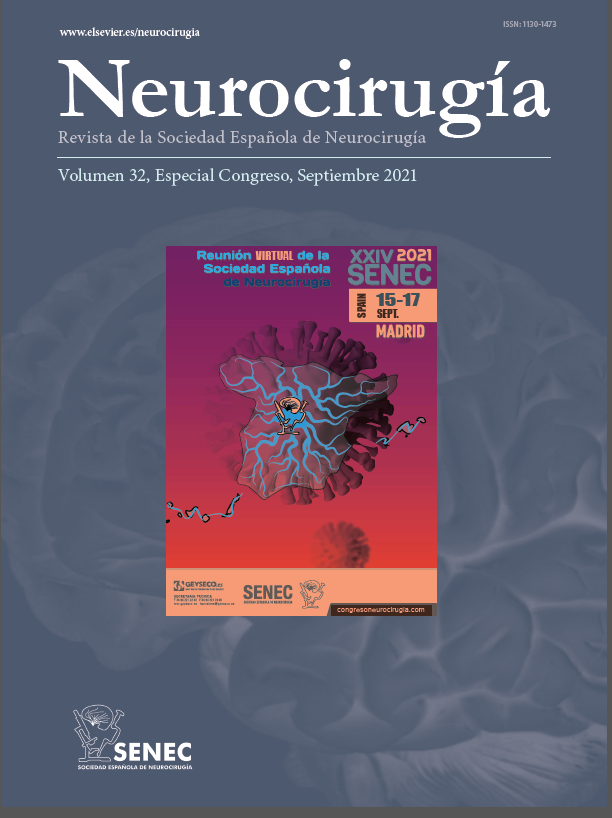C-0332 - OLIF APPROACH FOR THE TREATMENT OF NONCONTIGUOUS MULTIFOCAL SPINAL TUBERCULOSIS
Servicio de Neurocirugía, Complejo Hospitalario Universitario de Albacete, Albacete, Spain. Servicio de Quirófano de Neurocirugía, Complejo Hospitalario Universitario de Albacete, Albacete, Spain.
Objectives: Noncontiguous multifocal spinal tuberculosis (TB) is an atypical form of spinal TB, defined by the involvement of two or more foci separated by at least one normal intervertebral disc. Tuberculous spondylitis occurs in 1% of patients with pulmonary tuberculosis. This entity is rare; there is usually a hematogenous spread through an intervertebral supply artery affecting two or more contiguous vertebrae. It has insidious and progressive symptoms that can be easily misdiagnosed and may have a higher risk of permanent neurologic deficits and kyphotic deformities. Therefore, surgical intervention may be indicated to stabilize the spine.
Methods: A 39-year-old man presented with a 7-month history of insidious low back pain and sciatica. The pain severely interfered with his life and work, especially with movement. The patient had no systemic TB symptoms and signs. Neurological examination was normal, but tenderness could be elicited over the spinous processes of the lumbar and thoracic spine. MRI of the whole spine showed heterogeneous mixed high-intensity changes in segments T4-T5, T7-T8, L2-L4. T2W image STIR showed hyperintensity of vertebral bodies of L3 and L4 with fusiform paraspinal abscess involving psoas and collapse of vertebral body of L4 with epidural abscess compressing the dural sac.
Results: A computed tomography-guided needle biopsy was performed at T4 to establish a definitive diagnosis. Pathologic examination revealed chronic granulomatous inflammation with abundant caseous necrosis, leading to a diagnosis of tuberculous inflammation. The patient started anti- TB trial chemotherapy. OLIF approach to L3-L5 was performed. Debridement and corpectomy of L4 with custom allogeneic graft and lateral fixation to L3 and L5 was performed.
Conclusions: Noncontiguous multifocal spinal TB is rare and difficult to treat in clinical practice. Surgical methods are not uniform; minimally invasive lumbar approaches within the pathologic vertebral body rather than adjacent segments are an option to minimize spinal deformity and permanent neurologic deficit.







